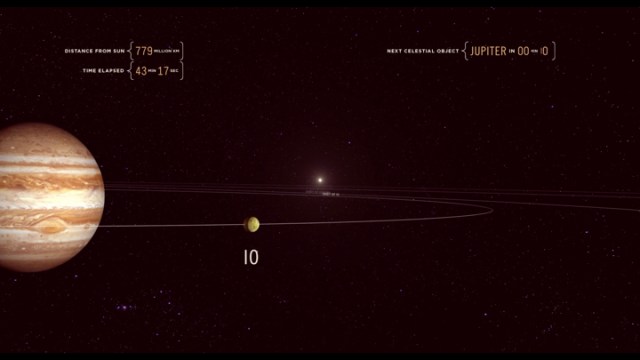Artificial Photosynthesis: Why Bill Gates Calls the Potential “Magical”

When we think of energy from sunlight, we usually think of solar power. But there may be another, even more exciting possibility that scientist have been working on: artificial photosynthesis (AP). If it can be made to work, it would result in hydrogen that could be used as is, or combined with other molecules into liquid form. “If it works it would be magical,” Bill Gates told Reuters recently, “because with liquids you don’t have the intermittency problem batteries. You can put the liquid into a big tank and burn it whenever you want.”
The upshot: It’s hoped that AP could go a long way towards meeting our energy needs for operating running our cars and even powering our urban areas.
Professor Leone Spiccia from the School of Chemistry at Monash tells World Economic Forum, “Electrochemical splitting of water could provide a cheap, clean and renewable source of hydrogen as the ultimately sustainable fuel.
We all studied photosynthesis in school: It’s the process by which plants convert water and carbon dioxide into carbohydrates. The idea of artificial photosynthesis is to use sunlight to split up water into hydrogen, oxygen, and carbon. It can potentially even work with river water. It’s the hydrogen AP can produce that’s most intriguing for energy purposes.

The hydrogen produced by AP could be used directly by fuel cells in the electric cars now being produced. And re-combining AP’s hydrogen, water, and carbon in the right balance — four parts hydrogen, one part oxygen and one part carbon — produce methanol, the simplest hydrocarbon that can power combustion engines. In addition, hydrogen can be used as a form of cheap storage for energy captured by rooftop solar panels.
The main issue holding back the use of AP is how inefficiently photosynthesis works in nature. Only about 1% of water and carbon is converted into carbohydrates in plants. In lab conditions, however, that efficiency has already been upped to around 10%. And now, researchers at Monash University in Melbourne, Australia, have used AP to produce hydrogen with 22% efficiency. “This latest breakthrough is significant in that it takes us one step further towards this becoming a reality,” says Spiccia.
(MONASH UNIVERSITY FACULTY OF SCIENCE)
As for Gates, he’s put together the Breakthrough Energy Coalition, a group of private investors from across the globe. The idea is for them to provide research seed money that supplements basic research funded by governments. He considers the complacent assumptions of the energy sector to be ripe for disruption. “We need to surprise them that these alternative ways of doing energy can come along and come along in an economic way,” he says. It’s imperative that new forms of energy like AP are developed. “If we are to avoid the levels of warming that are dangerous we need to move at full speed,” he says.





